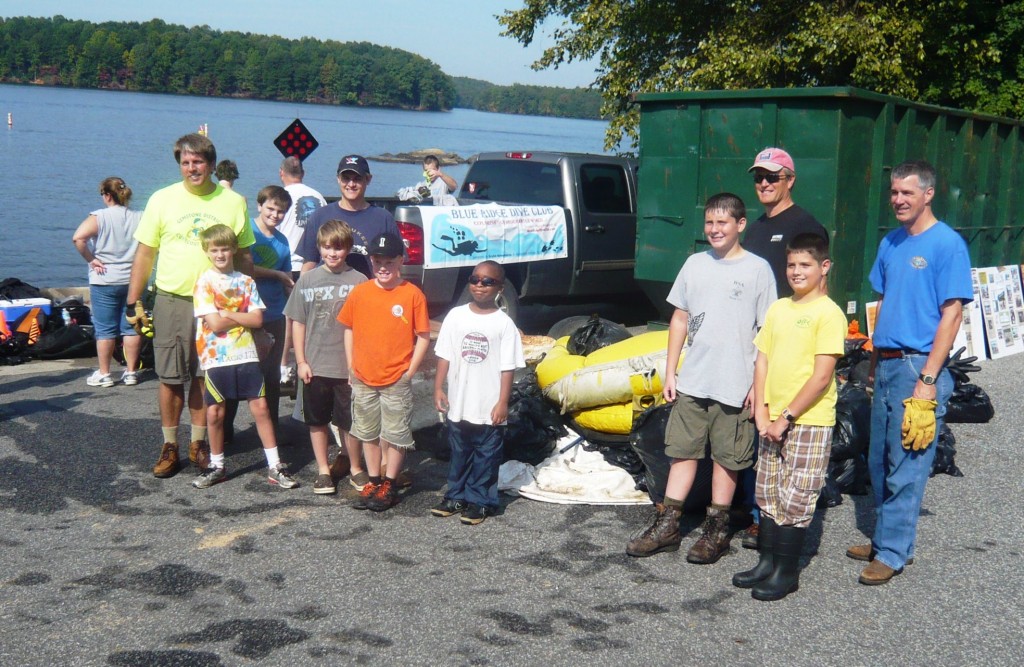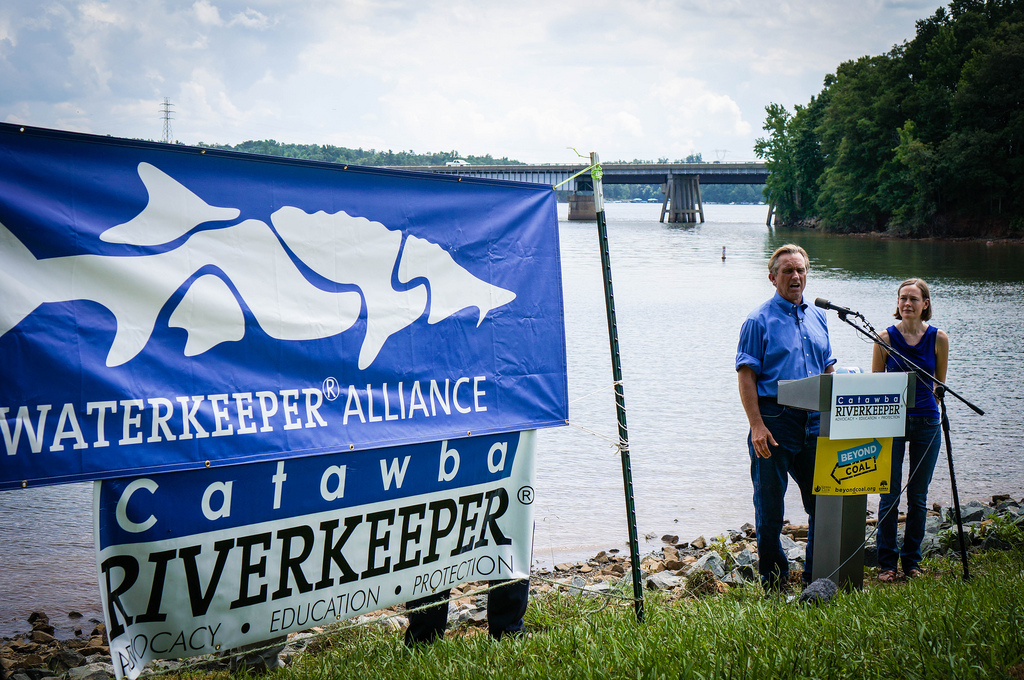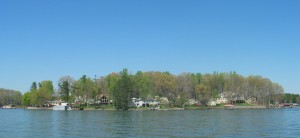
Example of a Wood Duck Box. Source: http://www.dnr.sc.gov/news/Yr2006/jan1606/box2.jpg.
Ducks Unlimited (DU) is an worldwide organization that focuses on conserving, restoring, and managing wetlands and associated habitats for North America’s waterfowl. In 1937, a group of sportsmen formed DU in response to North America’s drought-plagued waterfowl populations after the Dust Bowl, a period of dust storms that plunged waterfowl populations to unprecedented lows. Since then, DU has grown significantly. With over 4,000 chapters across the United States, DU is the international leader in wetlands and waterfowl conservation today.
Despite its membership increase, DU retains its grassroots, volunteer-base structure on the local chapter level. The Charlotte chapter was established in 1978. At the 1970s and 1980s, the Charlotte chapter was the only local DU group serving Lake Norman. Today, there are additional chapters in both the townships of Mooresville and Concord. Greg Green, the leader of DU’s Charlotte chapter, said his chapter has two main projects. First, the Charlotte chapter works to fund raise for wetland conservation. In addition, the local chapter works in tandem with Charlotte Park and Recreation to install wood duck boxes around green ways. As Green explained, “Wood ducks, a native species, thrive when nesting in a wooden, protected box environment. Through building and installing these environments, we work to support the wood duck population.” Above all, Green stressed conservation for generations. Without outdoor training and education there would not be anyone to carry on the work of DU in the future. Thus, DU allocates some of its funds to promoting wildlife education for children and students.
References
- Green, G. (2013, April 2). Interview Ducks Unlimited Charlotte Chapter.
- Wetlands, Conservation, Waterfowl, Duck Hunting – World Leader in Wetlands Conservation – Ducks Unlimited. (n.d.). Retrieved April 9, 2014, from http://www.ducks.org/








